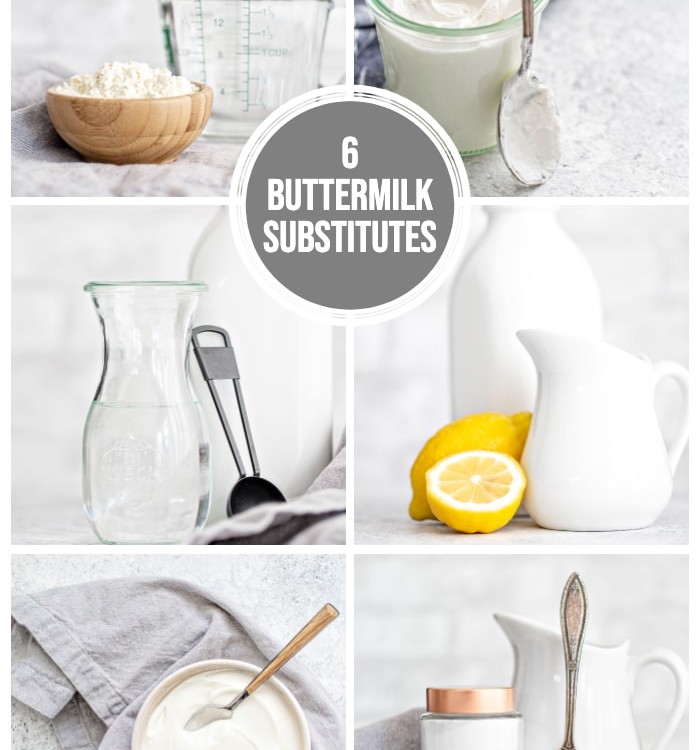
How to Make Buttermilk (6 Substitutes for Buttermilk)
Need buttermilk but don’t have any on hand? Don’t worry! Learning how to make buttermilk at home is easier than you think. In this guide, I’ll show you 6 simple buttermilk substitutes you can use with ingredients you likely already have. Plus, I’ll share some of my favorite buttermilk recipes so you can put your homemade version to good use!
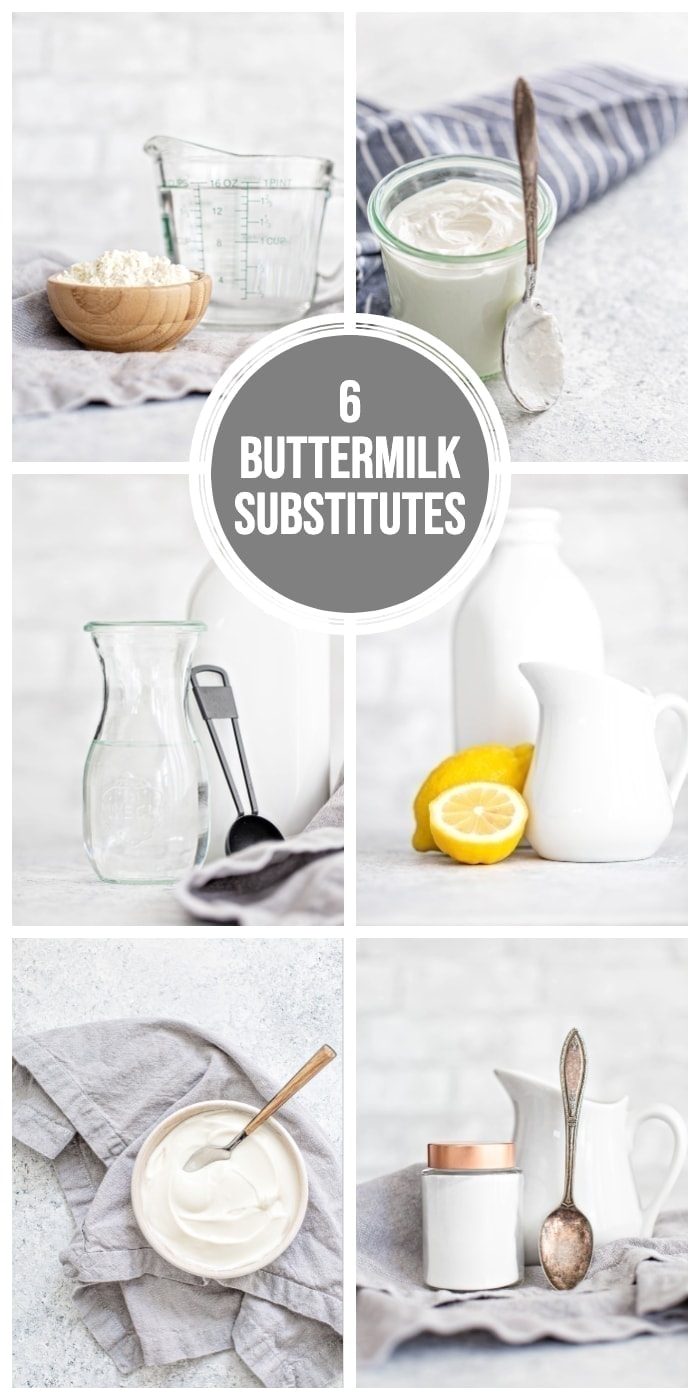
When to Make Your Own Buttermilk
I love the tangy flavor that buttermilk adds to baking recipes like buttermilk pancakes, scones, and biscuits. But sometimes, I realize too late that I forgot to buy buttermilk—or worse, the carton in my fridge is long past its expiration date!
We’ve all been there. You’re in the middle of making a recipe, only to realize it calls for buttermilk, and you don’t have any on hand.
That’s when you start searching for how to make buttermilk or substitutes for buttermilk, hoping there’s a quick fix so you don’t have to make a last-minute grocery run.
Having a reliable buttermilk substitute is also helpful when you only need a small amount and don’t want to buy a full container. Instead of letting store-bought buttermilk go to waste, you can easily make just what you need with ingredients you likely already have in your kitchen.
For kitchen mishap situations it is nice to have this kitchen tip for how to make buttermilk up your sleeve. With common ingredients, you can easily make homemade buttermilk to use in your recipes.
Why You’ll Love this Tutorial
✔ Uses Pantry Staples – No special ingredients required—these substitutes use everyday kitchen essentials.
✔ Saves Time – Skip the grocery run! Make a buttermilk replacement in minutes with what you have on hand.
✔ Works in Any Recipe – These substitutes mimic buttermilk’s flavor and function, so they work in baking, dressings, marinades, and more.
✔ Find the Best Method for Your Recipe – Learn six easy ways to make buttermilk and choose the one that fits your needs.
How to Make Buttermilk (6 Easy Ways)
No buttermilk? No problem! You can make a buttermilk substitute in minutes using simple ingredients you likely already have at home. Some methods work better than others for different recipes, but they all get the job done.
Most of these substitutes start with regular milk (whole milk works best), so be sure to have that on hand.
For a quick reference, grab the free printable how-to card at the bottom of this post with all the detailed instructions!
six ways to make buttermilk at home
- cream of tartar
- lemon juice
- plain yogurt
- sour cream
- white vinegar
- buttermilk powder
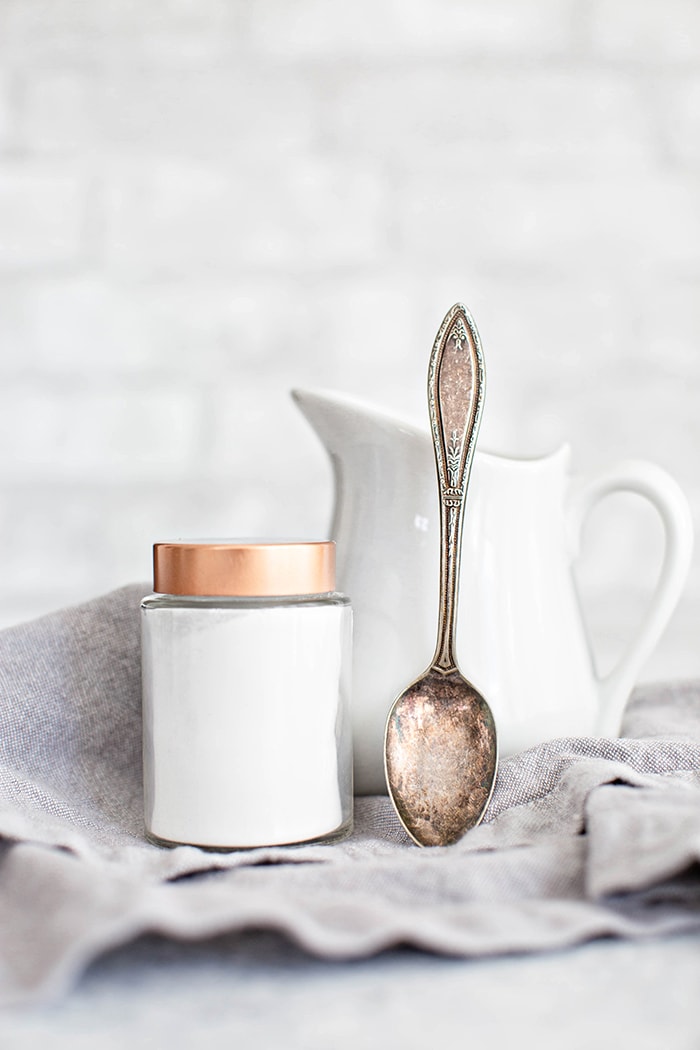
Cream of Tartar Buttermilk Substitute
✔ Best for: Quick breads, cakes, cupcakes, muffins, biscuits, pancakes, and waffles.
If you don’t have fresh lemon juice or vinegar on hand, cream of tartar is a great alternative for making a buttermilk substitute. It provides the acidity needed to react with leavening agents in baked goods, helping them rise properly.
To make buttermilk with cream of tartar, combine the following in a glass measuring cup.
- 1 ¾ teaspoons cream of tartar
- 1 cup milk
Whisk together and let stand at room temperature for 5-10 minutes, until slightly thickened and curdled. Stir before using.
Katie’s Tip: If the cream of tartar doesn’t fully dissolve, whisk the mixture again before using to ensure even acidity.
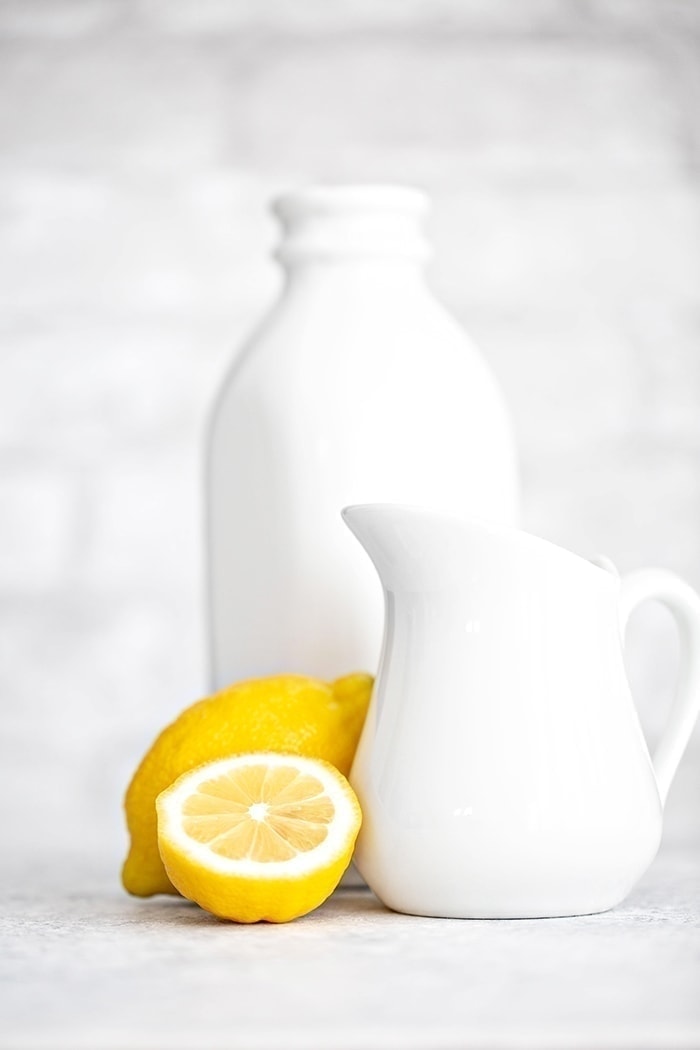
Lemon Juice Buttermilk Substitute
✔ Best for: Quick breads, cakes, cupcakes, muffins, biscuits, pancakes, waffles, and marinades.
One of the easiest and most common ways to make a buttermilk substitute is by using lemon juice. The acidity in lemon juice mimics buttermilk’s tangy flavor and helps activate leavening agents like baking soda in baked goods.
To make buttermilk with lemon juice, combine the following in a glass measuring cup:
- 1 tablespoon lemon juice
- Enough milk to reach the 1-cup mark (after adding the lemon juice), also called a “scant cup”
Let sit for 10 minutes until curdled, then stir before using.
What is a Scant Cup? A scant cup means slightly less than a full cup. To measure accurately, add 1 tablespoon of lemon juice to a measuring cup first, then fill with milk to the 1-cup line—this ensures the total l
Katie’s Tip: If you don’t have fresh milk, mix 1/3 cup powdered milk with 1 cup water, then add 1 tablespoon lemon juice and let sit for 10 minutes for a thicker consistency.
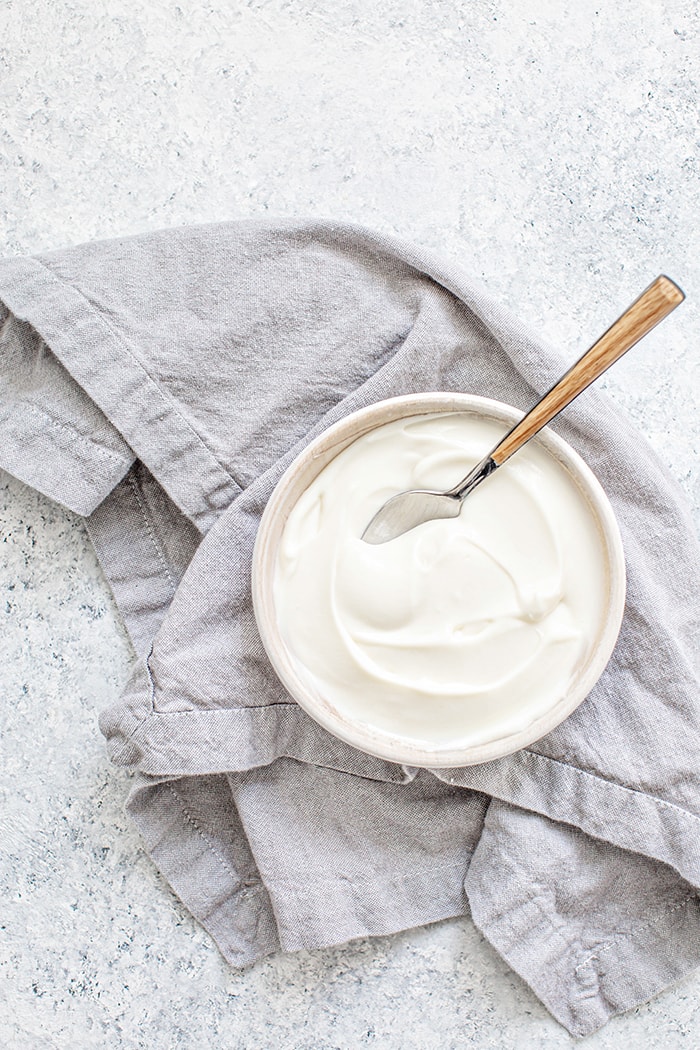
Plain Yogurt Buttermilk Substitute
✔ Best for: Dressings, marinades, quick breads, cakes, cupcakes, muffins.
If you have plain yogurt on hand, you’re in luck! Its natural acidity makes it a great buttermilk substitute, providing the same tangy flavor and creamy texture to recipes.
For a thinner consistency, regular yogurt works well, while Greek yogurt may need a little extra milk to achieve the right texture.
To make buttermilk with plain yogurt, combine the following in a glass measuring cup:
- 2 tablespoons milk
- Enough plain yogurt to equal 1 cup
Whisk together until smooth before using.
Katie’s Tip: Using Greek yogurt? Whisk in 3-4 tablespoons of milk to adjust for its thicker texture.
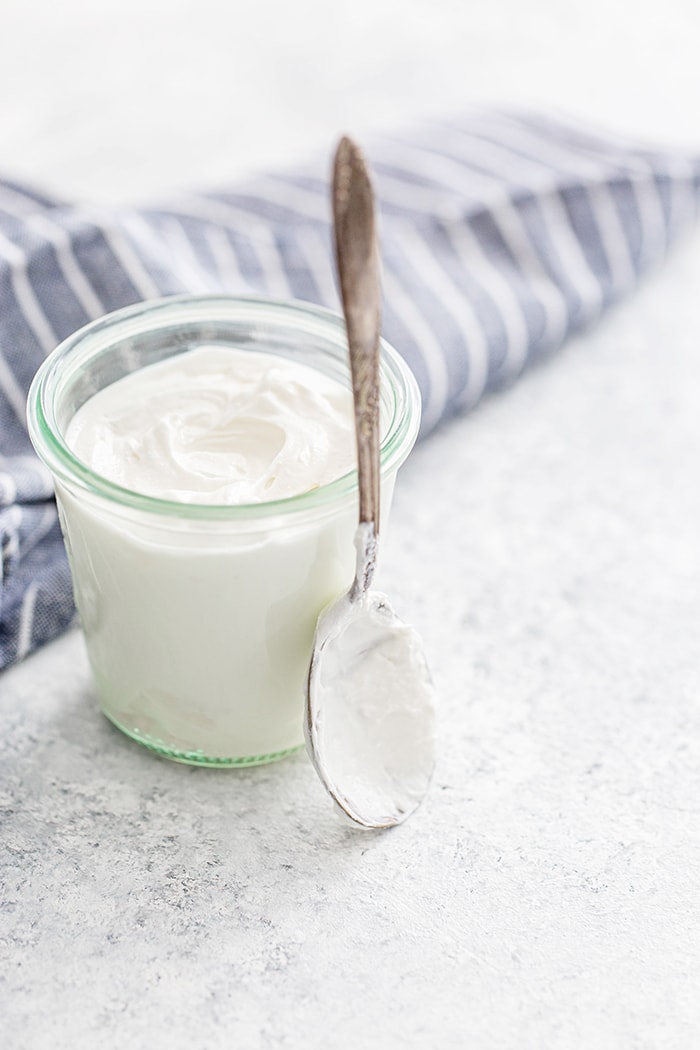
Sour Cream Buttermilk Substitute
✔ Best for: Quick breads, cakes, cupcakes, muffins, or creamy sauces.
Wondering how to make buttermilk with sour cream? It’s easy! Sour cream works well in baked goods and creamy recipes while maintaining a rich, tangy flavor. Since it’s thicker than buttermilk, a little milk helps adjust the consistency while maintaining its rich, tangy flavor.
To make buttermilk with sour cream, whisk together:
- 3-4 tablespoons milk
- Enough sour cream to equal 1 cup
Whisk until smooth and use as directed in your recipe.
Katie’s Tip: For best results, use whole milk sour cream to get the closest texture to buttermilk.
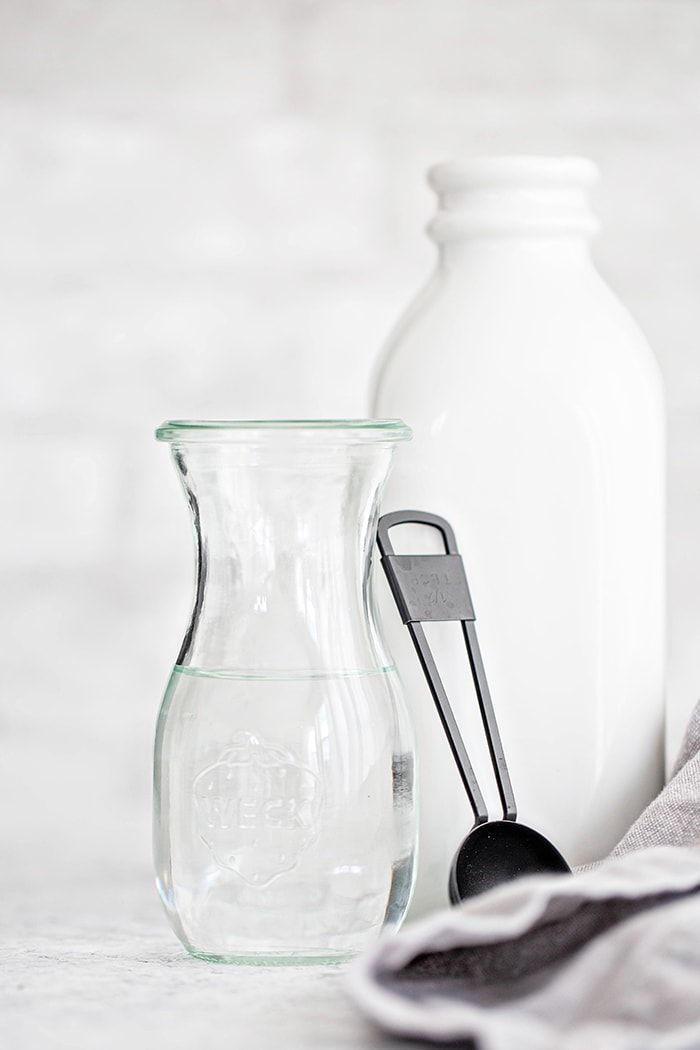
White Vinegar Buttermilk Substitute
✔ Best for: Quick breads, cakes, cupcakes, muffins, biscuits, pancakes, waffles, and marinades.
No lemon juice? White vinegar works just as well! This method is identical to the lemon juice buttermilk substitute, using vinegar to provide the right acidity for baking and cooking.
To make buttermilk with white vinegar, combine the following in a glass measuring cup:
- 1 tablespoon white vinegar
- Enough milk to reach the 1-cup mark (after adding the vinegar), also called a “scant cup”
Let sit for 5-10 minutes until curdled, then stir before using.
What is a Scant Cup? A scant cup means slightly less than a full cup. To measure accurately, add 1 tablespoon of vinegar to a measuring cup first, then fill with milk to the 1-cup line—this ensures the total liquid amount stays correct.
Katie’s Tip: If using powdered milk, mix 1/3 cup powdered milk with 1 cup water, then add 1 tablespoon vinegar. Let sit for 10 minutes before using.
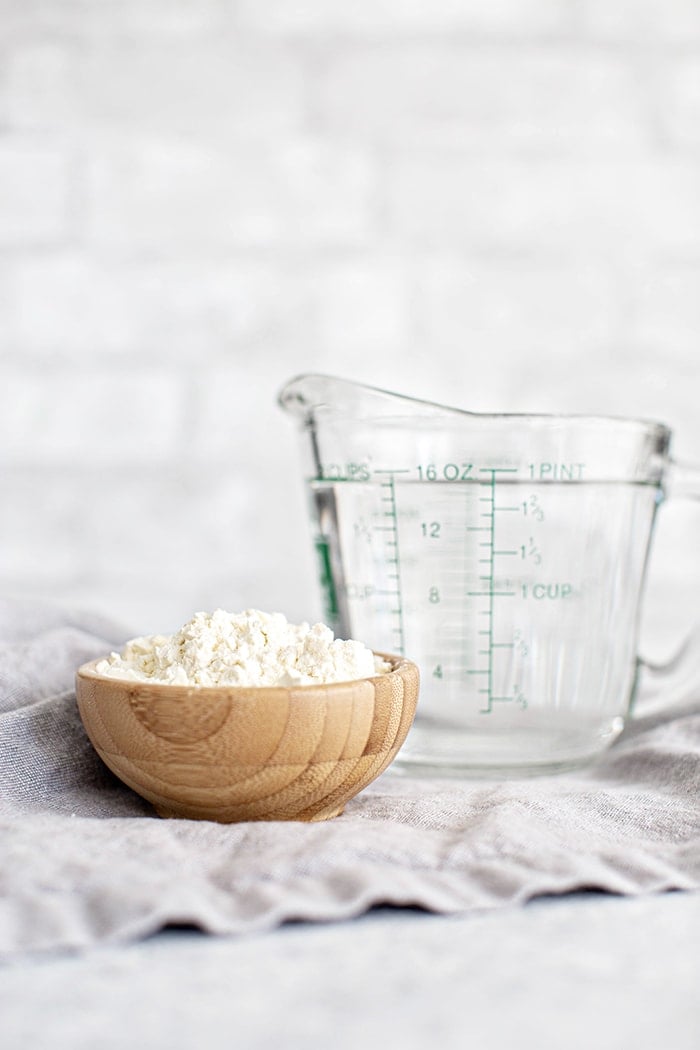
Buttermilk Powder Buttermilk Substitute
✔ Best for: Any recipe calling for buttermilk.
Looking for a long-lasting buttermilk substitute? Buttermilk powder is a great pantry staple! It provides the same tangy flavor and acidity as fresh buttermilk, making it a convenient alternative for baking and cooking. Just mix it with water, and it’s ready to use!
To make buttermilk with buttermilk powder, combine the following in a glass measuring cup:
- 1 cup water
- ¼ cup buttermilk powder
Check your container’s instructions! Most brands recommend ¼ cup powder per 1 cup of water, but ratios may vary slightly. Always refer to the package directions for the most accurate measurement.
Use in place of buttermilk as directed in your recipe.
Katie’s Tip: Store buttermilk powder in an airtight container in a cool, dry place to extend its shelf life and keep it fresh for months.
Bonus! Dairy-Free Buttermilk Substitutes
If you need a dairy-free alternative to buttermilk, there are a few great options! While they won’t have the exact same flavor, texture, or acidity as traditional buttermilk, they can work well in many recipes.
Almond, Soy, or Oat Milk Buttermilk Substitute
✔ Best for: General baking, pancakes, muffins, dressings, and marinades.
A simple way to make a dairy-free buttermilk substitute is by using plant-based milk. The acidity from lemon juice or vinegar helps mimic buttermilk’s tangy flavor and reaction with leavening agents. Use unsweetened versions for the best results.
To make buttermilk with a dairy-free milk, combine the following in a glass measuring cup:
- 1 tablespoon lemon juice or white vinegar
- Enough milk to reach the 1-cup mark (after adding the acid)
Let sit for 10 minutes before using.
Canned Coconut Milk Buttermilk Substitute
✔ Best for: Tropical or citrus-flavored recipes.
Canned coconut milk has a rich, creamy texture that closely matches buttermilk’s consistency. However, it lacks acidity, which may be needed for baked goods that require a reaction with a leavening agent.
- To substitute, use 1 cup canned coconut milk per 1 cup of buttermilk.
Katie’s Tip: For best results, use canned coconut milk in recipes that already contain another acidic ingredient (like lemon juice) and where the coconut flavor complements the dish.
Tips for Making Buttermilk Substitutes
- Use Whole Milk for Best Results – If making buttermilk from milk (by adding lemon juice or vinegar), whole milk works best for flavor and consistency. Skim milk is too thin and lacks the fat needed for optimal results. 2% milk can work in a pinch, but whole milk is preferred.
- Stick to White Vinegar – If you don’t have white vinegar, avoid using strong-flavored vinegars like balsamic or red wine vinegar, as they won’t provide the right taste. Apple cider vinegar may work, but white vinegar is the best option.
- Be Patient—Let It Curdle – All buttermilk substitutes need time to thicken. Let them sit for at least 10 minutes before using. Skipping this step may result in a substitute that doesn’t perform as well in your recipe.
FAQ: Buttermilk Substitutes
Here’s a quick reference for some of the most commonly asked questions about making and using buttermilk substitutes. Got questions? Leave them in the comments—I’m always happy to help!
Can I make buttermilk without vinegar?
Yes! Try using lemon juice, plain yogurt, sour cream, cream of tartar, or buttermilk powder as alternatives.
What’s the best buttermilk substitute for pancakes?
The best substitute for pancakes is either lemon juice + milk or white vinegar + milk, as they provide the right acidity to create fluffy pancakes. Yogurt or sour cream also work well for extra richness.
Can I use sour cream instead of buttermilk?
Yes! Sour cream is a great buttermilk substitute. Just thin it out with a little milk for the right consistency.
How do I make buttermilk with powdered milk?
To make buttermilk using powdered milk, first mix powdered milk with water according to the package instructions to create 1 cup of milk. Then, add 1 tablespoon lemon juice or vinegar, stir, and let sit for 10 minutes before using.
How do I make buttermilk with sour cream?
Whisk together 2-4 tablespoons of milk with enough sour cream to equal 1 cup. Use less milk for a thicker texture or more for a thinner consistency. Stir until smooth and use as directed in your recipe.
How do I make buttermilk with powdered milk?
Mix 1/3 cup powdered milk with 1 cup water, then add 1 tablespoon lemon juice or vinegar. Let sit for 10 minutes before using.
How long can I store homemade buttermilk substitutes?
Homemade buttermilk substitutes should be used immediately for the best results, but they can typically be stored in the refrigerator for up to 3 days in an airtight container. Shake or stir before using.
Can I freeze buttermilk substitutes?
Most homemade buttermilk substitutes, like milk + lemon juice or vinegar, don’t freeze well. However, real buttermilk freezes beautifully in small portions!
Can you freeze buttermilk?
Yes! Real buttermilk freezes well—simply freeze it in portions, then thaw and stir before using. Homemade buttermilk substitutes are best used fresh and shouldn’t be frozen.
Need step-by-step instructions? Check out my full guide: How to Freeze Buttermilk.
What happens if I don’t let the buttermilk substitute sit before using it?
If you don’t let the mixture sit for at least 10 minutes, it won’t fully develop the curdled texture and acidity needed to react properly in baked goods.
Can I use bottled lemon juice instead of fresh lemon juice?
Yes, bottled lemon juice works fine as a substitute, but fresh lemon juice is preferred for better flavor.
There are so many ways to make buttermilk substitutes, and everyone has their favorite method!
Do you have a go-to buttermilk replacement or a tip that makes the process even easier? Share your thoughts in the comments—I’d love to hear what works best for you!
On Instagram? Tag @goodlifeeats and use #goodlifeeatsrecipes to show me how you’re using your homemade buttermilk substitutes in your favorite recipes!
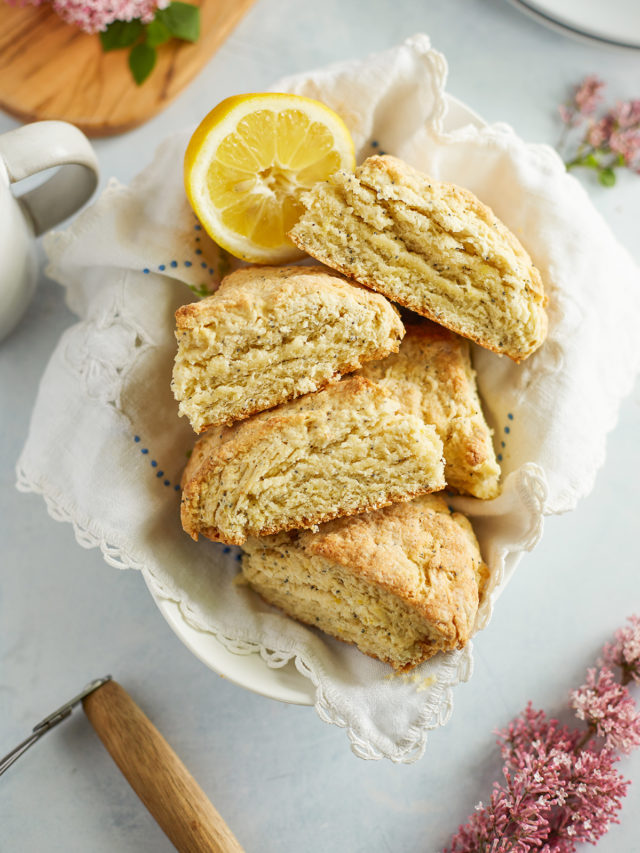
More Buttermilk Recipes to Try!
Now that you know how to make buttermilk and the best substitutes for buttermilk, put them to good use with these delicious, buttermilk-based recipes. Each one works beautifully with any of the homemade buttermilk methods outlined above.
- Lemon Poppy Seed Scones – Buttermilk makes these buttery, tender scones extra soft, while enhancing their bright citrus flavor.
- Apple Cranberry Muffins – Buttermilk keeps these fall-spiced muffins soft, moist, and perfectly fluffy—great for breakfast or snacking.
- Salted Caramel Kentucky Butter Cake – A rich, ultra-moist bundt cake where buttermilk adds depth, tenderness, and the perfect crumb, finished with a salted caramel glaze.
- Creamy Jalapeño BBQ Coleslaw – Buttermilk creates a smooth, tangy dressing that perfectly balances the heat from jalapeños in this twist on classic coleslaw.
- Looking for more? Find even more recipes in my Buttermilk Ingredient Index.
Sign Up & Never Miss a New Recipe!
Love cooking and learning new kitchen tricks? Sign up for the Good Life Eats Newsletter and get:
✔ Easy kitchen guides – From making buttermilk substitutes to preserving ingredients.
✔ Seasonal recipes – Delicious ways to use homemade buttermilk in baking and cooking.
✔ Helpful cooking tips – Smart tricks to save time and feel more confident in the kitchen.
Did you know how to make buttermilk or is this your first time learning about homemade buttermilk?

Homemade Buttermilk
Out of buttermilk? No worries! Learn how to make buttermilk at home with these easy substitutes! Whether you're baking, cooking, or making dressings, these simple alternatives work in any recipe.
Ingredients
- 1 tablespoon Lemon Juice or White Vinegar
- 1 scant cup Whole Milk
Instructions
Measure the Acid
- Pour 1 tablespoon of lemon juice or white vinegar into a 2-cup glass measuring cup.
Add the Milk
- Pour whole milk into the measuring cup until the total liquid reaches 1 cup.
- Since you’ve already added the acid, the amount of milk will be slightly less than 1 full cup—this is called a scant cup (about 1 tablespoon less than a full cup).
- No Fresh Milk? Mix 1/3 cup powdered milk with 1 cup water, then add 1 tablespoon white vinegar. Let sit for 10 minutes before using.
Let It Sit
- Allow the mixture to sit at room temperature for 10 minutes. During this time, the milk will begin to curdle and thicken, giving it the tangy texture of buttermilk.
Stir & Use
- Once curdled, stir the mixture and use it in a 1:1 ratio as a substitute for buttermilk in your recipe.
Notes
Other Buttermilk Substitutes
If you don’t have vinegar or lemon juice, there are several other easy ways to make a buttermilk substitute! Each method has a slightly different texture and flavor, so choose the best one for your recipe. Full details for each are in the post!
- Plain Yogurt: Whisk 2 tablespoons of milk with enough plain yogurt to make 1 cup. Regular yogurt works best, but if using Greek yogurt, add 3 - 4 tablespoons of milk to thin it out.
- Sour Cream: Mix 3 - 4 tablespoons of milk with enough sour cream to make 1 cup. This substitute works great for baking and creamy sauces!
- Cream of Tartar: Combine 1 ¾ teaspoons of cream of tartar with 1 cup of milk and let it sit for 5 - 10 minutes to curdle. A great option when you're out of fresh lemon juice or vinegar.
- Buttermilk Powder: Mix ¼ cup buttermilk powder with 1 cup of water (or follow package instructions). This shelf-stable option is great for baking and long-term storage.
Need more details? The full post includes step-by-step instructions for each method, when to use them, and how they compare to real buttermilk. Plus, I cover dairy-free substitutes—how to make them and the best ways to use them in recipes!
Recommended Products
As an Amazon Associate and member of other affiliate programs, I earn from qualifying purchases.
Nutrition Information:
Yield: 4 Serving Size: 1Amount Per Serving: Calories: 39Total Fat: 2gSaturated Fat: 1gTrans Fat: 0gUnsaturated Fat: 1gCholesterol: 6mgSodium: 27mgCarbohydrates: 3gFiber: 0gSugar: 3gProtein: 2g
GoodLifeEats.com offers recipe nutritional information as a courtesy and is an estimate only. This information comes from online calculators. Although GoodLifeEats.com makes every effort to provide accurate information, these figures are only estimates.
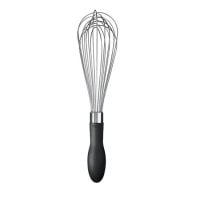
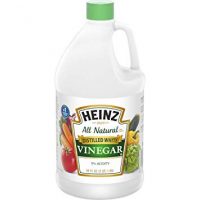
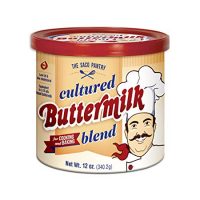
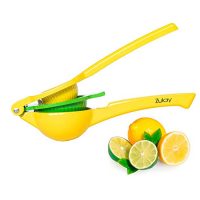
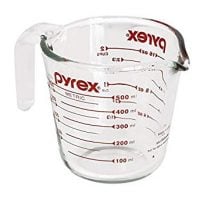
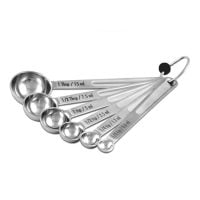


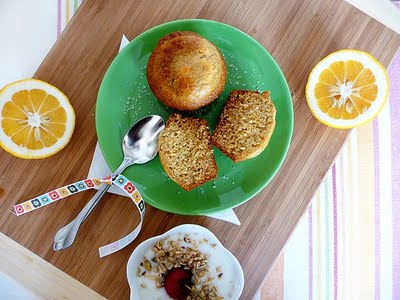
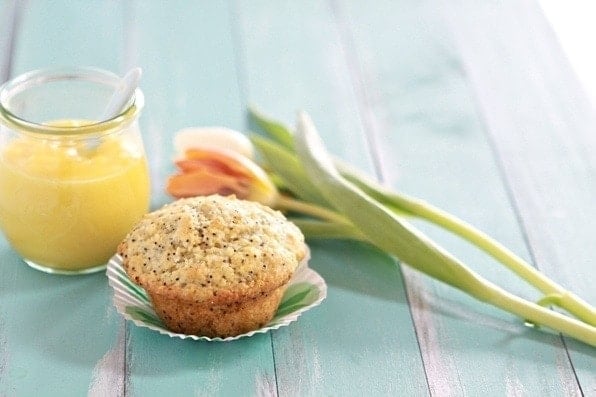

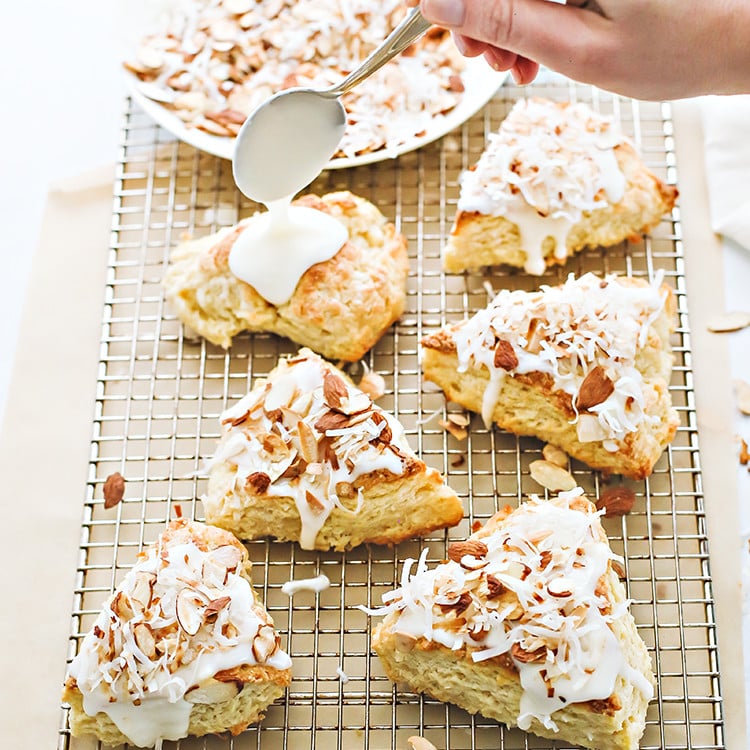
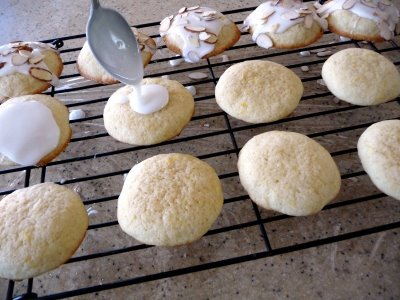
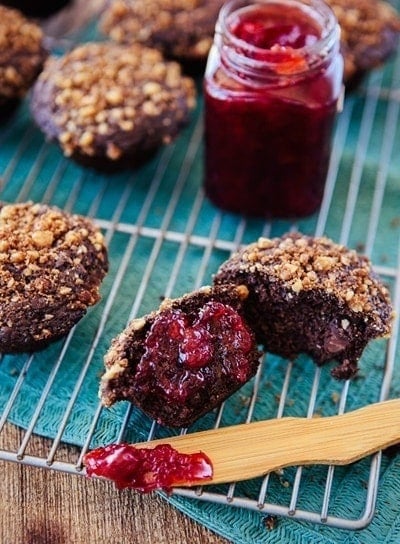
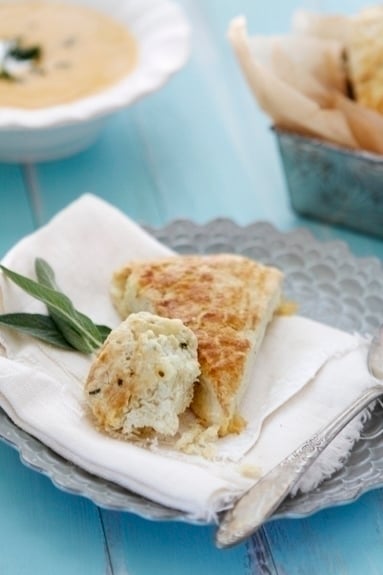
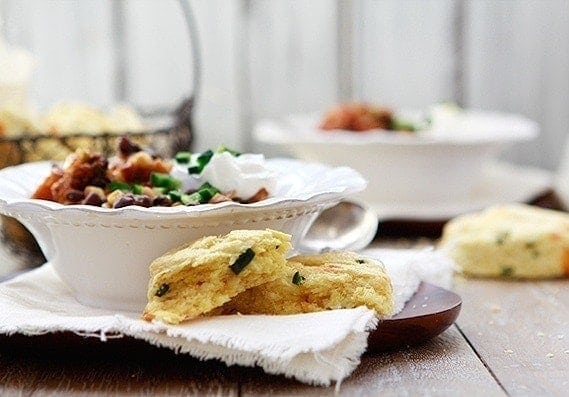

kelly hodges says
Thanks for the info. Can you make 2 cups at a time or is this only effective in one cup ratios?
Katie says
you can make as much as you need at a time, it was just easy to demonstrate with 1 cup portions.
Eleanor says
can you use this with buttermilk chicken
Katie says
Hi Eleanor, I haven’t tried that because I don’t make buttermilk chicken very often.
M.J. says
Thanks I too use yogurt a great deal but like to use what the recipe calls for most times..I am sharing this on my blog and noted where it came from..:)
ika says
great tips for me, who always hardly find buttermilk ,thanks katie :d
brian says
I usually marinate boneless, skinless chicken in seasoned buttermilk(vinegar/milk method) 24-48 hours before frying. Think I’ll try using some quality seasoned coconut milk for my next batch of fried chicken. Thx for the ideas.
Gail says
Katie, Thanks for the ideas. I think I will use vanilla yogurt and “leftover” coconut milk for the Chocolate Muffins I am going to make. Actually, I would have bought buttermilk, but did not get to read the comments before going to the store to find out that one can freeze buttermilk! Or maybe I could use a cup of the eggnog my husband bought?
Bonnie says
Can you make it using lactaid milk?
Katie says
I have never tried that and do not know.
Aya B. says
Very Clever
I always substitute buttermilk with Low fat plain Yogurt mixed with some water to lighten it up
it works perfectly… and makes my recipes somehow lighter
Very helpful information though…
Kathleen says
The cans of unopened powdered buttermilk keep indefinitely. I called the maker to find out.
Jeanette says
I keep powder butter milk on hand. I get buy it in bulk and thus have it when needed.
Jenn says
Glad I found this – I have only tried a sub once and it was vinegar – I am not saying it didn’t work but I could smell vinegar in the mini donuts I made – I fed them to the outside cats as I couldn’t eat a donut that smelled like vinegar, off to try the cream of tartar!
Charlotte says
Hey, just so you know, buttermilk is easier than most things to make! All you do is stir about a 1/4 cup cultured buttermilk (from the store or previous batch) into a half gallon whole or raw milk (not ultra-pasturized). That’s all! Let the jar(s) sit on the counter about 24 hours, and don’t let it get above 80 degrees. Then you have buttemilk! I do this every month and have it always on hand.
myra says
Awesome! thanks for posting, you are a life saver! .. butter milk is not available where I am.. even if it is I wouldn’t know how to translate it for the shopkeeper!! Yogurt and milk substitute seems good for my red velvet cupcakes no ?
nicoluzza says
just a side note … if you prefer to use real buttermilk, but never seem to use it all, you can freeze the left overs for future use … in order to eliminate waste, you can freeze it in 1/4 cup servings.
Marne says
I freeze buttermilk all the time! Don’t waste it. I freeze it in one cup increments if I won’t be using it before it goes bad. Works great!
maria says
what type of milk ? fresh milk,low fat or full cream?
please help me
Katie says
I use either low fat or whole milk. I never buy skim, so I haven’t tried that.
Ruth Pfeifferr says
I love using buttermilk in my baking and I don’t always have it on hand and wasn’t sure how to make it. Thanks for the buttermilk recipes substitutes. I will give them a try.